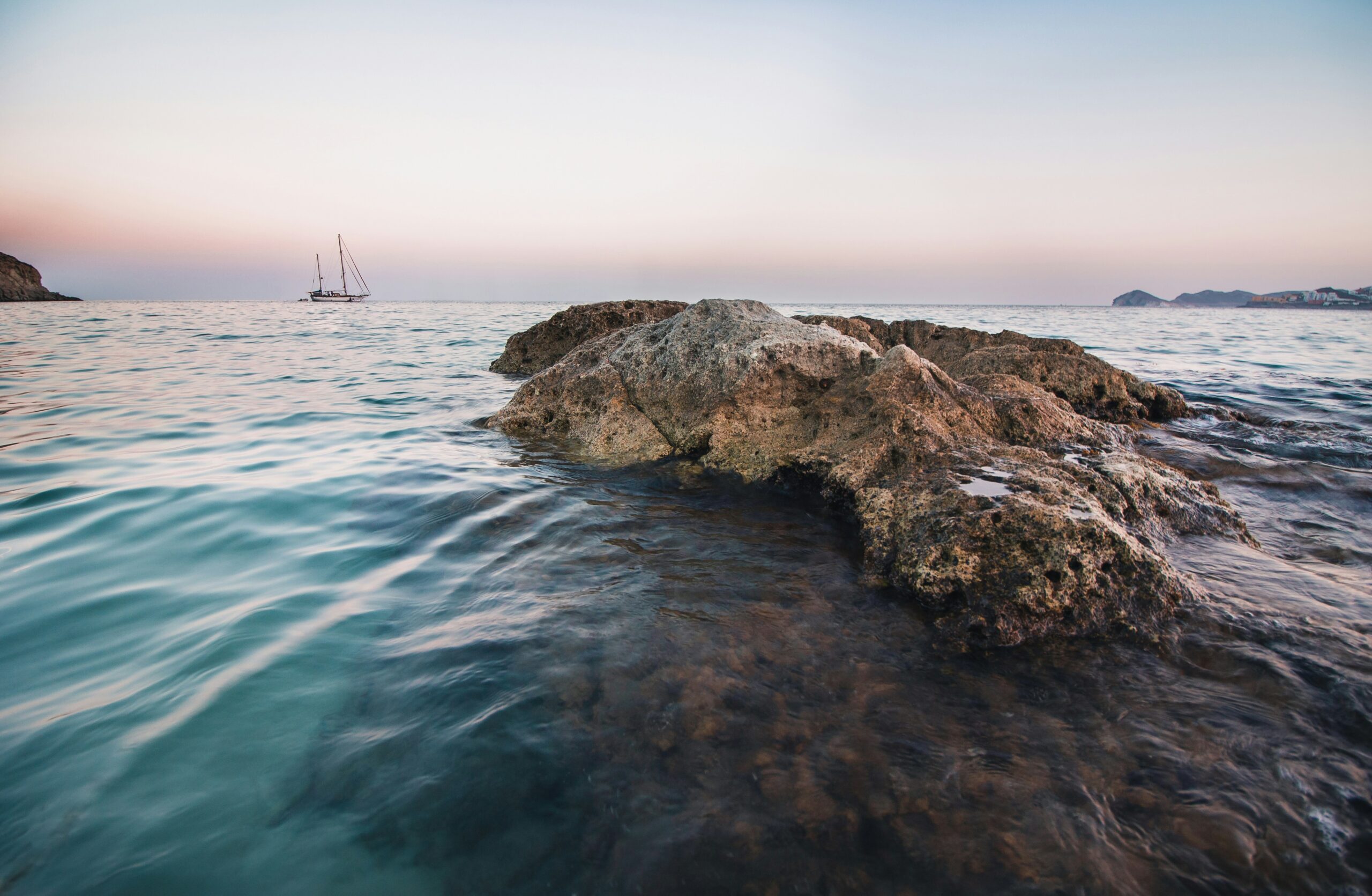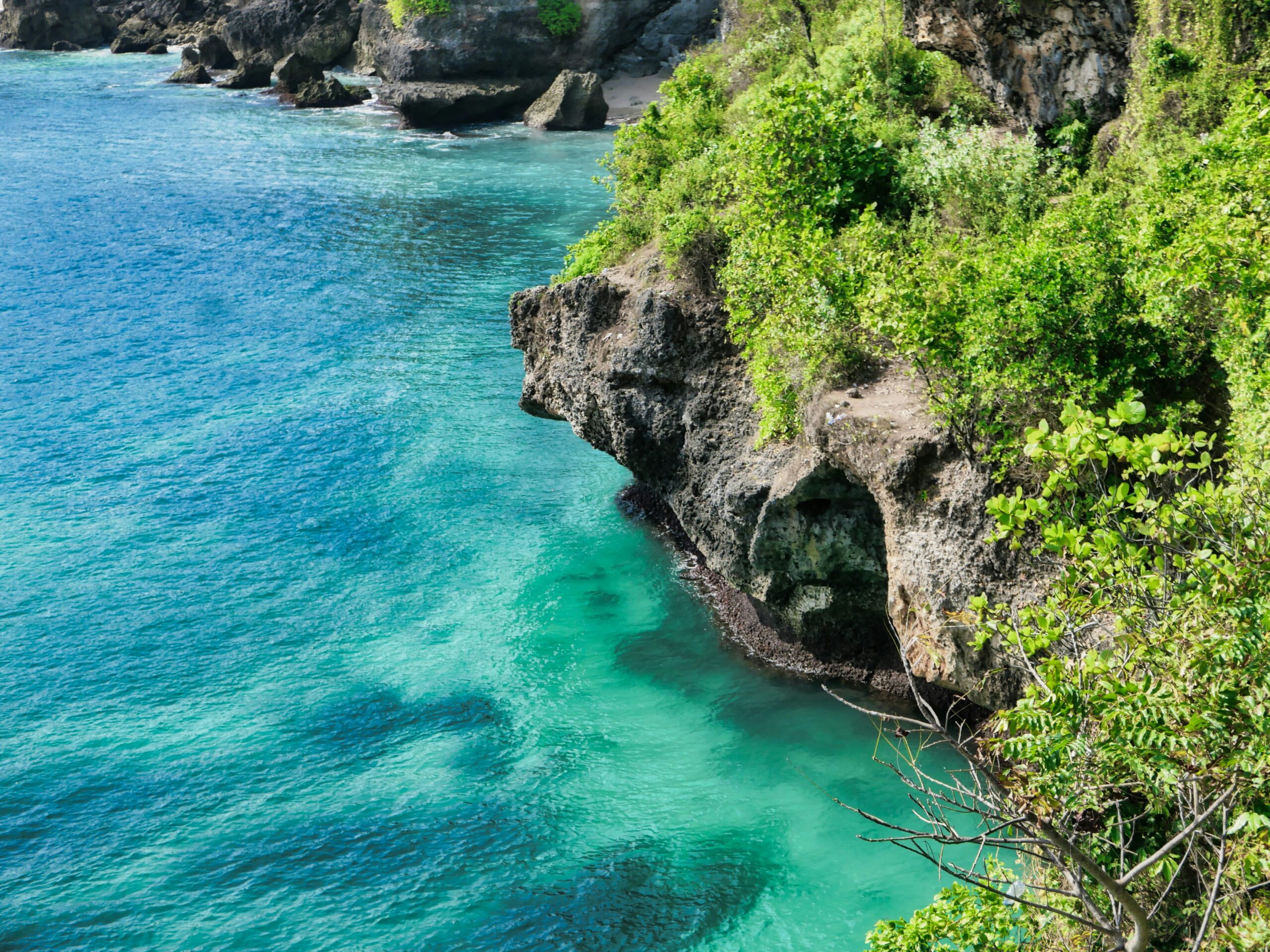Introduction
Ocean waves are not just confined to the shores where we see them crashing; they travel vast distances across the globe, carrying energy from one part of the ocean to another. These waves, created primarily by wind, tides, or seismic activity, follow complex paths influenced by factors like the Earth’s rotation, currents, and the shape of the ocean floor. Whether it’s a gentle ripple or a massive swell, the way ocean waves travel reveals fascinating details about the interconnectedness of the world’s oceans. But how exactly do these waves journey across such immense distances?
The Basics of Wave Formation
To understand how ocean waves travel, it’s important to first know how they are formed. Most ocean waves are created by wind blowing across the surface of the water. As the wind transfers its energy to the ocean, it creates ripples, which grow into waves. The size and strength of these waves depend on several factors:
- Wind Speed: Faster winds create bigger waves.
- Wind Duration: The longer the wind blows over the ocean, the more energy is transferred to the waves.
- Fetch: Fetch refers to the distance over which the wind blows across the water. A longer fetch gives waves more time and space to grow.
Once formed, these waves travel across the ocean in the form of energy moving through the water, even though the water itself doesn’t move forward in the same way.
How Do Ocean Waves Travel?
Ocean waves travel as energy moving through water, not as the water itself traveling long distances. Picture a buoy floating on the surface of the ocean. As waves pass by, the buoy moves up and down, but it doesn’t drift forward with the wave. This is because waves transfer energy through the water, creating a circular motion in the water particles, but the water itself stays relatively in place.
The distance a wave can travel depends on several factors, including the type of wave, its energy, and the geography of the ocean. Let’s break down the different types of waves and how they travel.
1. Wind Waves and Swells
Most of the waves we see on the ocean’s surface are wind waves, created by local winds blowing across the water. However, once these waves move away from the wind that generated them, they become swell waves. Swell waves are smoother and more regular than wind waves, and they can travel thousands of miles across the ocean, carrying energy far beyond their point of origin.
For example, a storm in the Southern Ocean can generate swells that travel all the way to the shores of Hawaii or the west coast of the United States. This is possible because swell waves maintain their energy over long distances, thanks to their relatively low friction with the surrounding water.
2. Tsunami Waves
Tsunamis are a special type of ocean wave created by undersea earthquakes, volcanic eruptions, or landslides. Unlike wind waves or swells, tsunami waves are generated by a sudden displacement of water. These waves can travel at speeds of up to 500-600 miles per hour (800-970 kilometers per hour), making them one of the fastest-moving waves in the ocean.
Tsunami waves have long wavelengths, meaning the distance between each wave crest is much greater than that of wind waves or swells. Because of this, tsunami waves can travel across entire ocean basins without losing much energy. For example, a tsunami generated by an earthquake near Japan can reach the west coast of North America in less than 10 hours.
3. Rogue Waves
Rogue waves are massive, unpredictable waves that can appear suddenly in the middle of the ocean. They are often caused by the interaction of wind waves, ocean currents, and other swell waves. Rogue waves can reach heights of over 80 feet (24 meters), and though they don’t travel across the globe like tsunamis, they can be dangerous for ships and offshore structures when they suddenly arise in open water.

How Wave Energy Travels Across the Ocean
Waves are essentially energy moving through the water. This energy travels outward from the source, whether it’s wind or a seismic event, in all directions. The speed and direction of wave energy are influenced by several factors:
- Wave Dispersion: As waves move away from their origin, they begin to spread out in a process known as wave dispersion. This means that waves with longer wavelengths travel faster and further than shorter ones. Over time, a group of mixed waves becomes a more organized swell, with longer, more uniform waves leading the pack.
- Wave Refraction: When waves travel into shallower water near the coast, they slow down and bend in a process known as wave refraction. This is why waves tend to approach the shore parallel to the coastline, even if they originated from a different direction far out at sea.
- Ocean Currents: Ocean currents, like the Gulf Stream or Kuroshio Current, can affect how waves travel. When waves move against a current, their speed and height can increase, making them appear larger and more powerful. Conversely, when waves move with a current, they may lose some of their energy and become smaller.
- The Coriolis Effect: The Earth’s rotation affects the movement of ocean waves, particularly over long distances. The Coriolis effect causes waves in the Northern Hemisphere to deflect to the right and those in the Southern Hemisphere to deflect to the left. This slight deflection can influence the paths waves take as they travel across the globe.
Swell Waves: The Long-Distance Travelers
Swell waves are the real long-distance travelers of the ocean. These waves are often generated by storms far out at sea and can travel thousands of miles before reaching a distant coastline. As they travel, swell waves can lose very little energy, allowing them to maintain their size and power over vast distances.
For instance, a swell generated by a storm in the South Pacific Ocean can reach the beaches of California or Chile weeks later. Surfers often track these swells using forecasts to predict when and where they will arrive, making swells a key part of surfing culture.
Tsunamis: The Fastest Traveling Waves
Tsunamis are unique in how they travel across the globe. Due to their immense wavelength and speed, tsunami waves can cross entire ocean basins quickly. In deep water, a tsunami may be barely noticeable, with a wave height of only a few feet. However, as the tsunami approaches land and the water becomes shallower, the wave slows down and its height increases dramatically, resulting in devastating effects on coastal areas.
One of the most famous examples of tsunami travel is the 2004 Indian Ocean tsunami, which was triggered by a massive undersea earthquake near Indonesia. The resulting waves traveled across the Indian Ocean, reaching the coasts of Thailand, Sri Lanka, India, and even as far away as the east coast of Africa, causing widespread destruction.
How Geography Affects Wave Travel
The shape and features of the ocean floor, known as bathymetry, play a crucial role in how waves travel. Underwater mountains, ridges, and trenches can deflect or slow down waves, altering their paths and speed.
For example:
- Continental Shelves: As waves approach a continental shelf, where the ocean floor rises sharply, they slow down and increase in height. This is why waves often become larger and break as they near the shore.
- Underwater Ridges: Ridges or underwater mountain ranges can block or refract waves, causing them to bend or split. This can result in calmer areas behind the ridges, where wave energy is reduced.
Conclusion
Ocean waves are remarkable travelers, capable of moving energy across the globe in fascinating ways. Whether it’s wind-generated swells, powerful tsunamis, or unpredictable rogue waves, the journey of these waves is shaped by a complex interplay of wind, water, geography, and the Earth’s rotation. Understanding how waves travel across the world’s oceans reveals the dynamic and interconnected nature of our planet’s marine systems. Next time you watch waves roll in on the beach, remember that some of those waves may have started their journey thousands of miles away.
FAQs
- How far can ocean waves travel? Ocean waves, especially swells, can travel thousands of miles across the ocean. For example, swells from storms in the Southern Ocean can reach as far as the coasts of North America or Africa.
- Do waves lose energy as they travel? Yes, waves gradually lose energy as they travel, but long-period swells can maintain their energy for much longer distances compared to short wind waves.
- What is the difference between wind waves and swell waves? Wind waves are created by local winds and are usually shorter and choppier, while swell waves are smoother and travel over long distances, often formed by storms far from shore.
- How fast do tsunami waves travel? Tsunami waves can travel at speeds of 500-600 miles per hour (800-970 kilometers per hour) in deep water, making them some of the fastest-moving waves in the ocean.
- What role do ocean currents play in wave travel? Ocean currents can speed up or slow down waves, depending on whether the waves are traveling with or against the current. Currents can also influence the direction waves travel.


